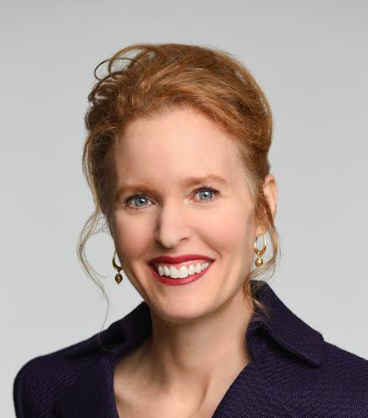
TriplePundit has been covering the U.N. General Assembly and Climate Week NYC for the past few weeks. You can follow our coverage here.
Some in the financial services industry seem to have just awakened to the realization they need to assess their risks. This shift in thinking is due in part to the growing awareness of the Task Force on Climate Related Financial Disclosure and a grasp of its guidelines. It might also dawn on those same bright minds amongst the one percent that addressing their risks involves a flight of capital from the most vulnerable places and, thus, a knock-on effect of increasing vulnerability and disparity between rich and poor.
But not yet.
Instead, the financial industry’s top brass speaking at HSBC’s “Financing a Sustainable Future” event, part of last week’s Climate Week in New York, frequently centered on de-risking and disclosure, given the negative impacts of climate risks on banks, stock portfolios, consumer markets and real estate.
Those focusing on material loss to portfolios – rather than such loss to the world’s most vulnerable – were the European Commission’s Network of Central Banks and Supervisors for Greening the Financial System (NGFS), Bloomberg’s special advisor to the Chairman as well as its global head of sustainable business and finance, the head of sustainable finance at the Global Policy Initiatives Institute of International Finance, Moody’s infrastructure finance expert and the International Finance Corporations’ climate business head.
What does all this mean? It’s simple: Those facing disproportionate vulnerability to climate hazards – the global majority – will see less infrastructure investment, job access and social services. In effect, in the sustainable finance world of these big thinkers, stranded assets are ignored. And I don’t mean coal-fired power plants. When a flight of capital occurs from places facing climate hazards, what is stranded are human beings – members of our community left homeless, without jobs, without schools and without modernized infrastructure.
Last year, I asked this question: Is TCFD Guidance Exacerbating Social Inequity? And suggested that the Governor of the Bank of England, Mark Carney, go further with his claims about the “tragedy of the horizon.” Other experts are acknowledging this issue.
The private sector-led Coalition for Climate Resilience Investments launched by Willis Towers Watson and the World Economic Forum at last week's General Assembly includes an aim to provide “support for climate vulnerable geographies to attract investment and prevent capital flight as climate risks become more evident.” Further, in a paper authored by Climate Finance Advisors for UNEP-FI and the Global Commission on Adaptation, Delivering Finance Today for the Climate-Resilient Society of Tomorrow, global finance system experts point this out:
“Identifying the financial implications of climate risks will create enormous opportunities for profitable investment by all types of investors, including both public and private finance. However, the same understanding may also trigger potential capital shifts or flight from the poorest and most vulnerable communities and countries, those most in need of investment in adaptation and resilience.”
They add: “Governments are likely to require the expansion of safety net programs for the poor and most vulnerable.”
Each of their recommendations could be reinterpreted with the aim of decreasing disproportionate risk, including, for instance:
- Accelerate and Promote Climate-Relevant Financial policies [that explicitly protect the most vulnerable].
- Develop, Adopt, and Employ Climate Risk Management Practices [that explicitly reduce risk to vulnerable populations].
- Develop and Adopt Adaptation Metrics and Standards [including benefits gained by vulnerable populations]
CFA’s findings influence the Global Commission on Adaptation report to lead with this:
“Climate change could push more than 100 million people within developing countries below the poverty line by 2030. The costs of climate change on people and the economy are clear. The toll on human life is irrefutable. The question is how will the world respond: Will we delay and pay more or plan ahead and prosper?”
I think the finance leaders speaking enthusiastically at the HSBC event have an answer to that question: They are working to ensure prosperity. Let’s plan and act on it being for the global majority, not just the one percent.
Image credit: United Nations/Facebook

Joyce Coffee, LEED AP, is founder and President of Climate Resilience Consulting. She is an accomplished organizational strategist and visionary leader with over 25 years of domestic and international experience in the corporate, government and non-profit sectors implementing resilience and sustainability strategies, management systems, performance measurement, partnerships, benchmarking and reporting.














